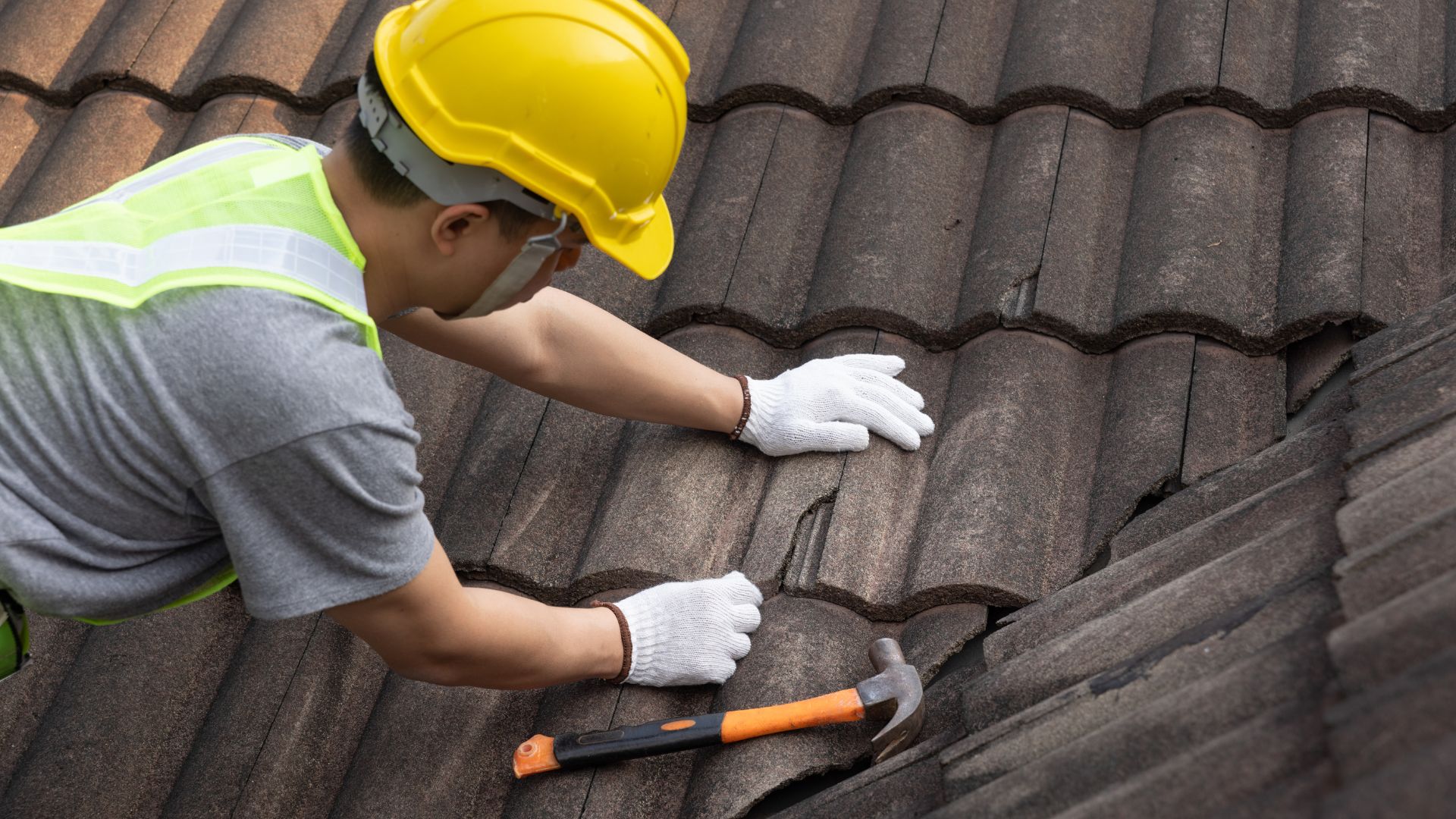Signs It’s Time to Replace Your Roof
Your roof is one of the most critical components of your home, protecting you and your belongings from the elements. However, over time, even the most durable roofs will show signs of wear and tear. Recognizing these signs early can help you avoid costly repairs and ensure your home remains safe and secure. Here are some key indicators that it might be time to replace your roof.
1. Age of the Roof
General Lifespan: Most roofing materials have a limited lifespan. Asphalt shingles typically last 20 to 25 years, while wood shingles can last around 30 years. Metal, slate, and tile roofs have longer lifespans, ranging from 50 to 100 years.
Check Records: If you’re unsure of your roof’s age, check your home improvement records to find out when it was last replaced or reshingled. If your roof is approaching or has surpassed its expected lifespan, it’s time to consider a replacement.
2. Curling or Buckling Shingles
Visual Inspection: Shingles that are curling, buckling, or blistering are clear signs of aging and weather damage. These issues can compromise the integrity of your roof and lead to leaks and further deterioration.
Local Damage: If only a few shingles are affected, you might be able to replace those individually. However, widespread curling or buckling is a strong indication that the entire roof needs replacing.
3. Missing or Broken Shingles
Storm Damage: High winds, hail, and severe storms can cause shingles to break or go missing. Missing shingles expose your roof to water damage and other issues.
Frequent Repairs: If you find yourself frequently replacing individual shingles, it may be more cost-effective to invest in a new roof rather than continuously patching an old one.
4. Granules in the Gutters
Shingle Deterioration: Asphalt shingles lose granules as they age. These granules can accumulate in your gutters and downspouts. If you notice an excessive amount of granules, it’s a sign that your shingles are deteriorating and nearing the end of their lifespan.
Gutter Inspection: Regularly check your gutters for granules, especially after heavy rains. The presence of granules indicates that your roof is losing its protective layer and may need replacement.
5. Sagging Roof
Structural Issues: A sagging roof is a serious problem that indicates structural issues. It can be caused by water damage, inadequate support, or a weakened roof deck.
Immediate Action: If you notice any sagging, it’s crucial to address it immediately. Contact a professional roofer to assess the damage and determine whether a roof replacement is necessary.
6. Water Damage and Leaks
Interior Signs: Water stains on your ceiling or walls, peeling paint, and damp spots in your attic are signs of a leaky roof. These issues can lead to mold growth and structural damage if left unaddressed.
Inspection: Regularly inspect your attic and upper floors for signs of water damage. If you notice persistent leaks or extensive water damage, it’s time to replace your roof.
7. Daylight Through the Roof Boards
Attic Inspection: Go into your attic during daylight hours and look for any spots where sunlight is shining through the roof boards. This is a clear indication that your roof has holes or gaps that need immediate attention.
Repair vs. Replacement: While small gaps might be repairable, widespread daylight penetration typically means your roof is failing and needs to be replaced.
8. Increased Energy Bills
Insulation Issues: A damaged or aging roof can affect your home’s insulation, leading to increased heating and cooling costs. If you’ve noticed a spike in your energy bills, your roof might be to blame.
Energy Efficiency: Replacing your roof with modern, energy-efficient materials can help reduce your energy bills and improve your home’s overall efficiency.
9. Moss and Algae Growth
Moisture Problems: Moss, algae, and fungi growth on your roof can indicate moisture retention. While small amounts can be cleaned, extensive growth suggests underlying moisture problems that can damage your roof’s integrity.
Preventive Measures: If moss and algae are recurring issues, it may be time to replace your roof with materials that resist such growth and improve drainage.
Conclusion
Regularly inspecting your roof and addressing any issues promptly can help extend its lifespan. However, when signs of aging and damage become prevalent, replacing your roof is often the best solution to ensure the safety and comfort of your home. If you’re experiencing any of the above signs, consult a professional roofing contractor to assess your roof’s condition and discuss your replacement options. Investing in a new roof can provide peace of mind, enhance your home’s value, and protect your investment for years to come. Contact us now!


